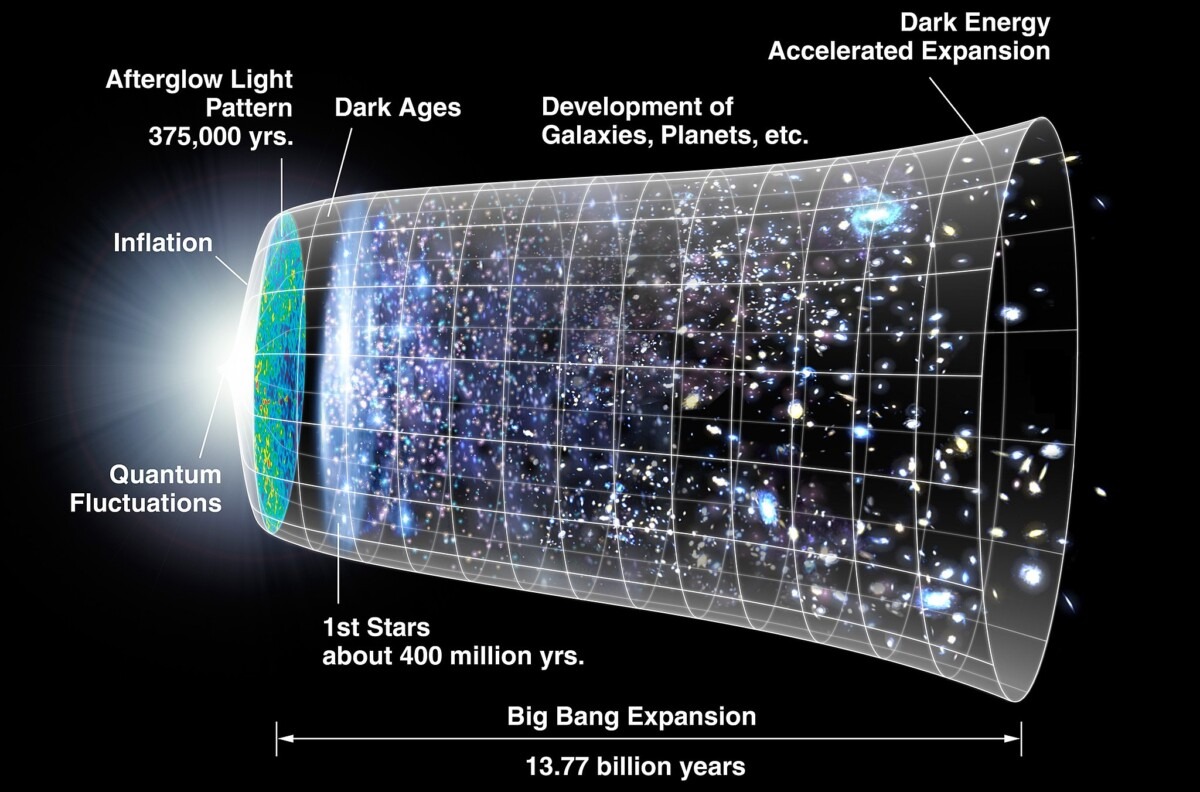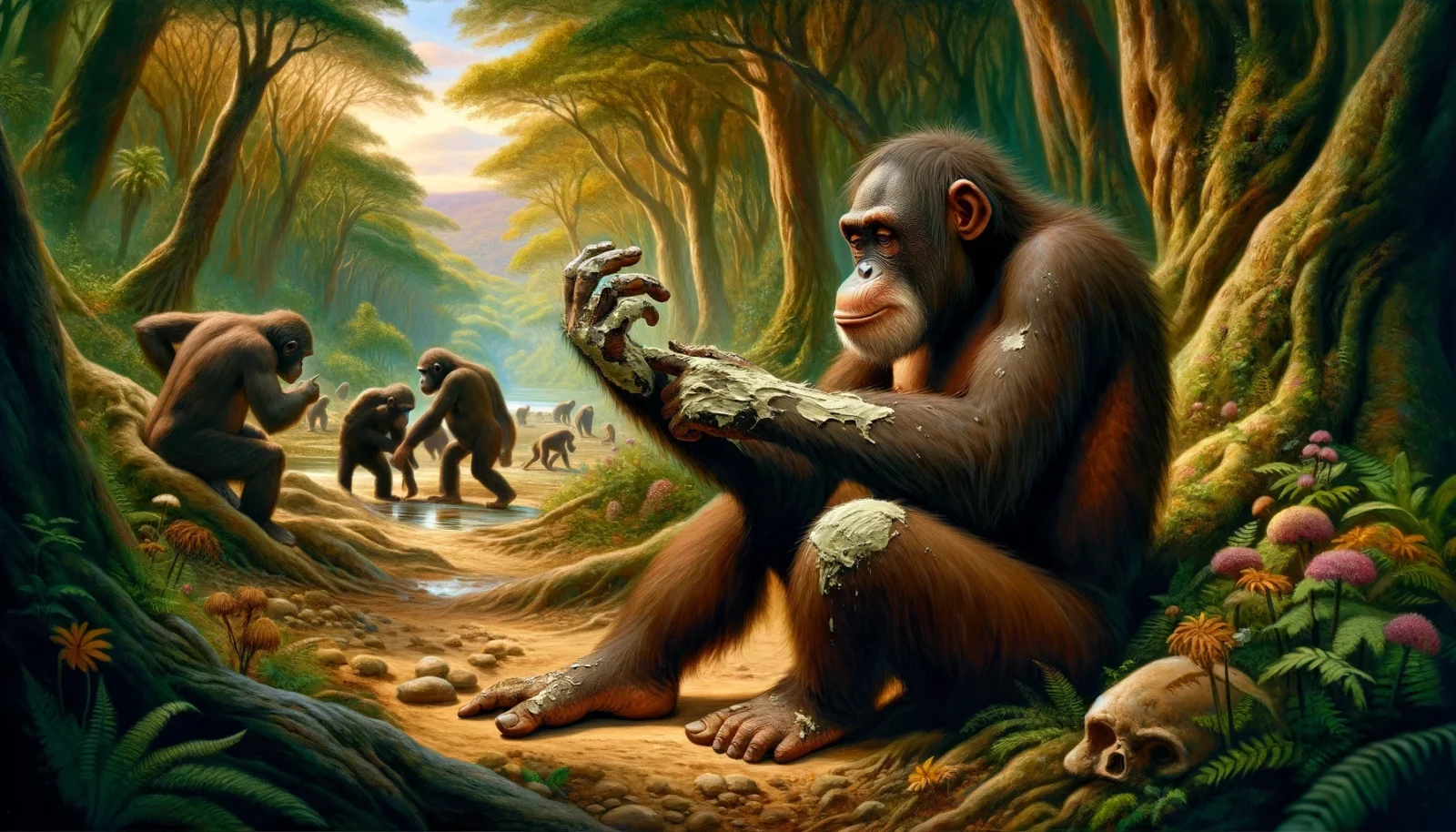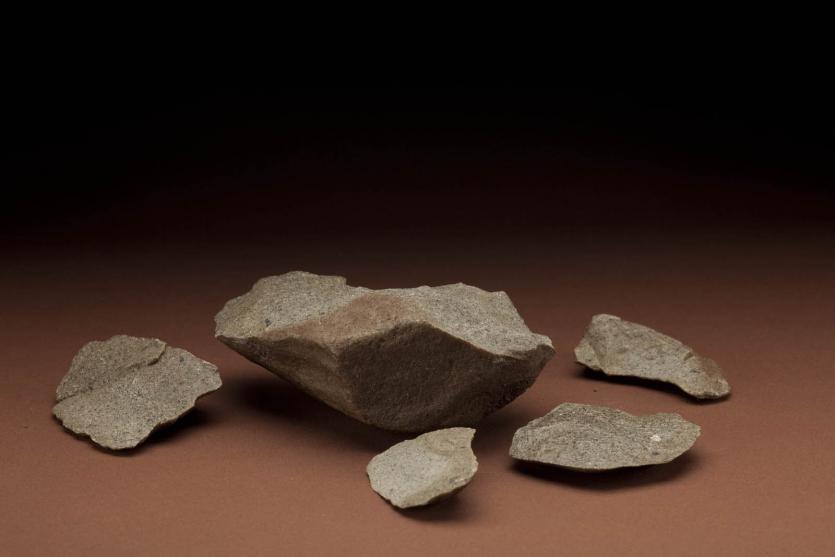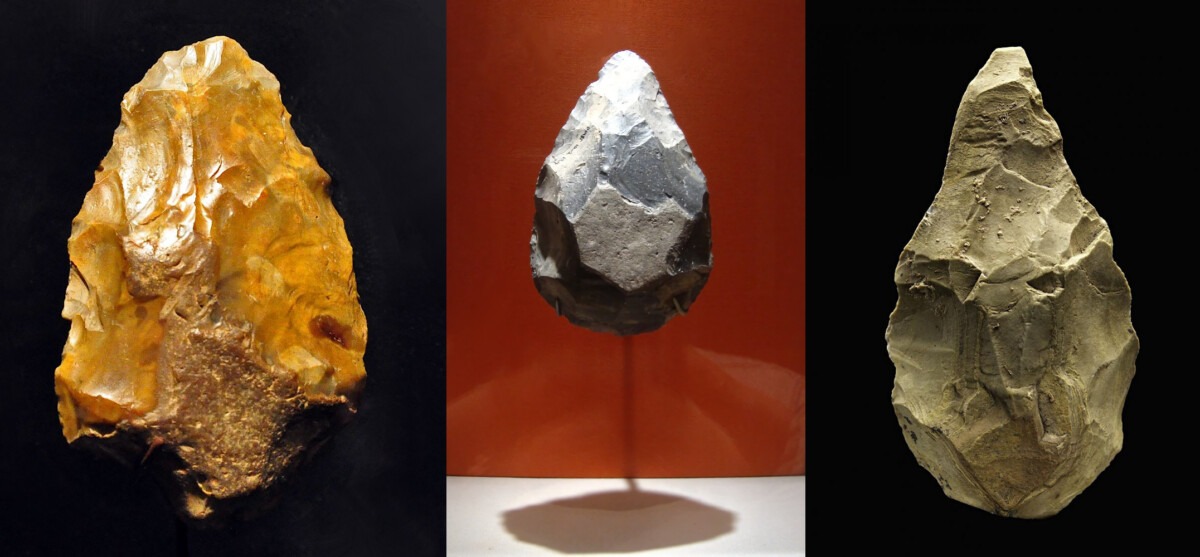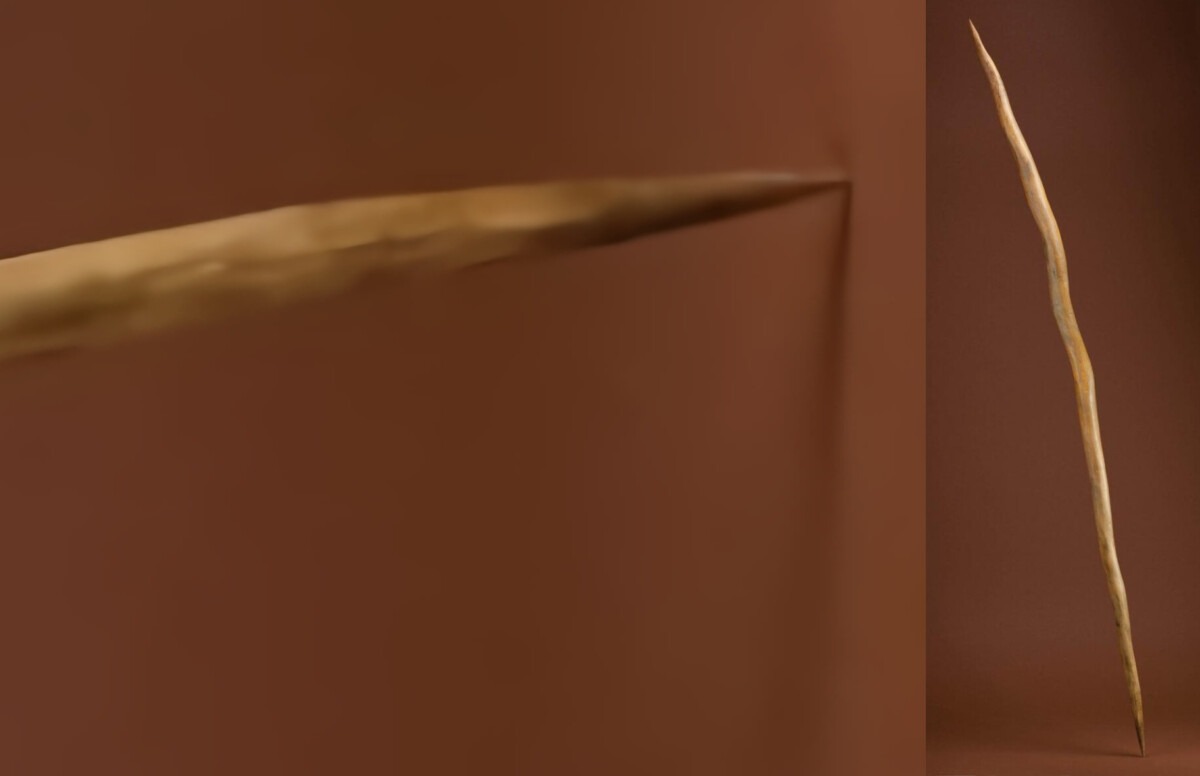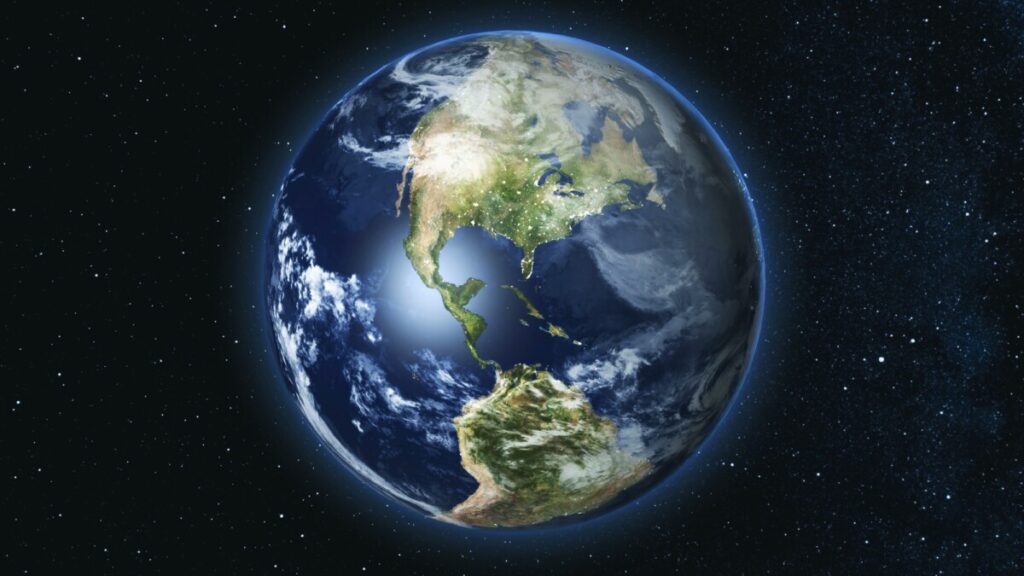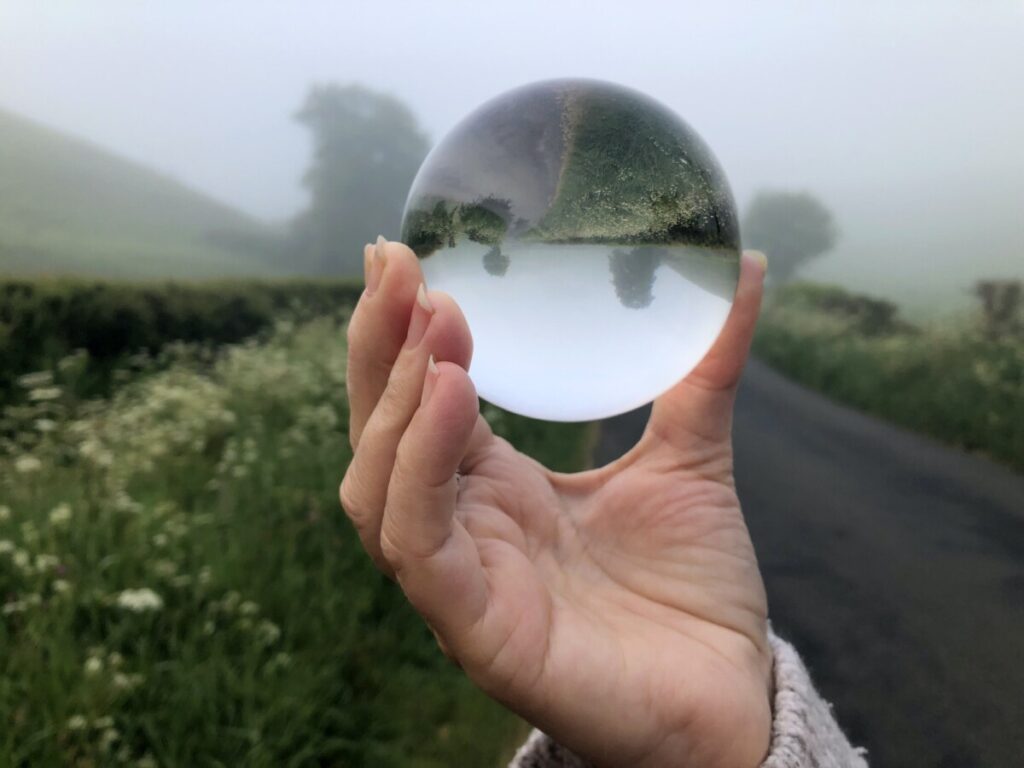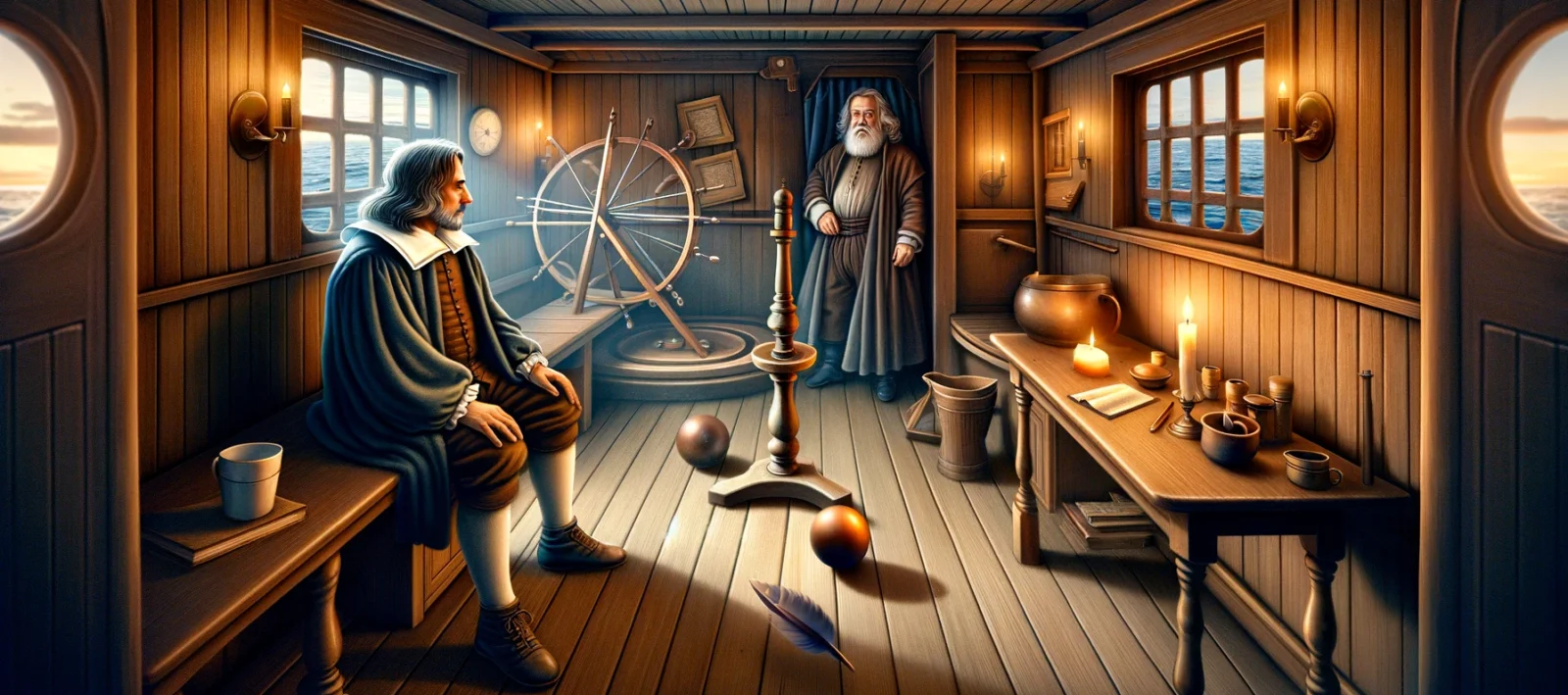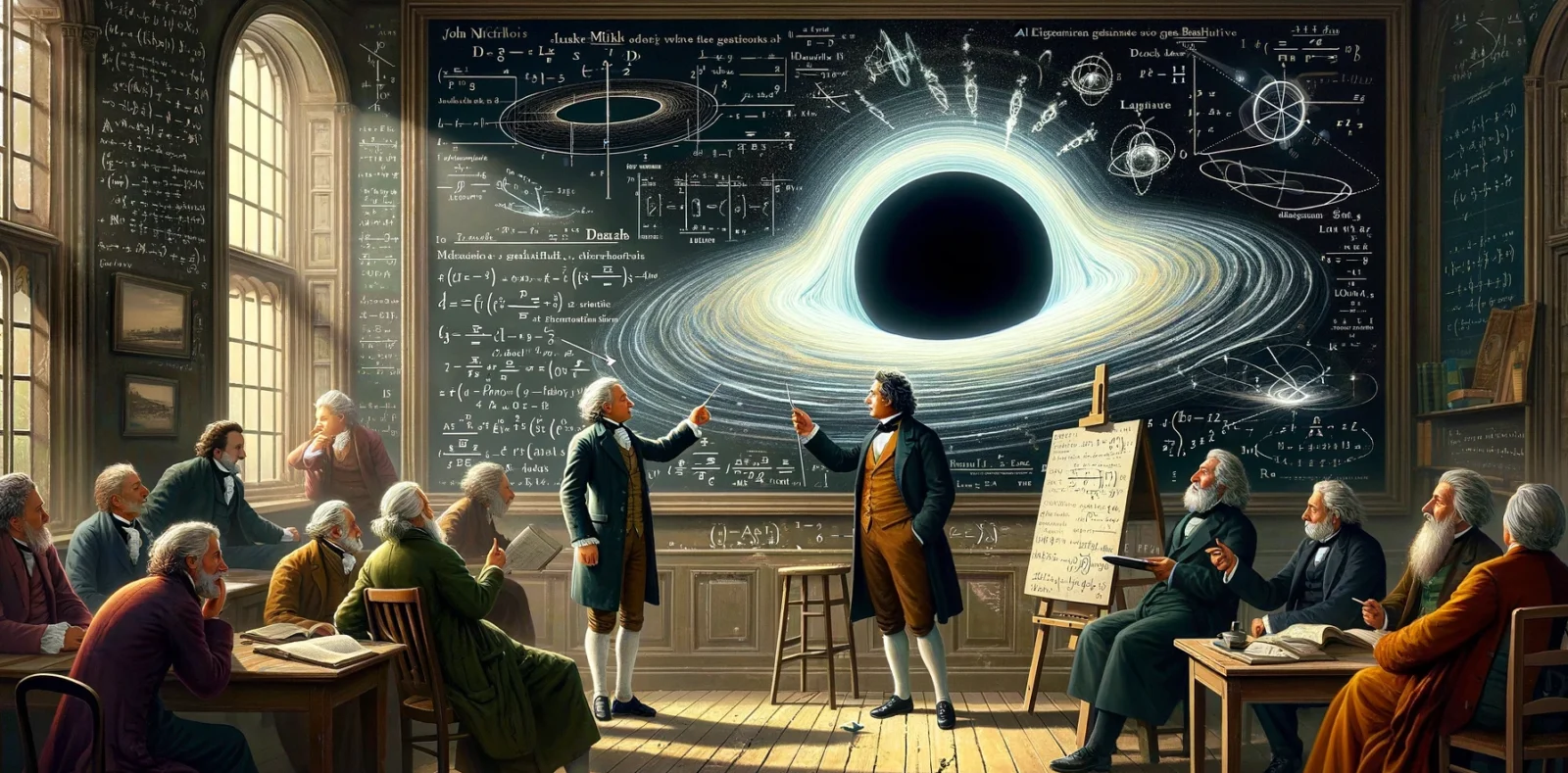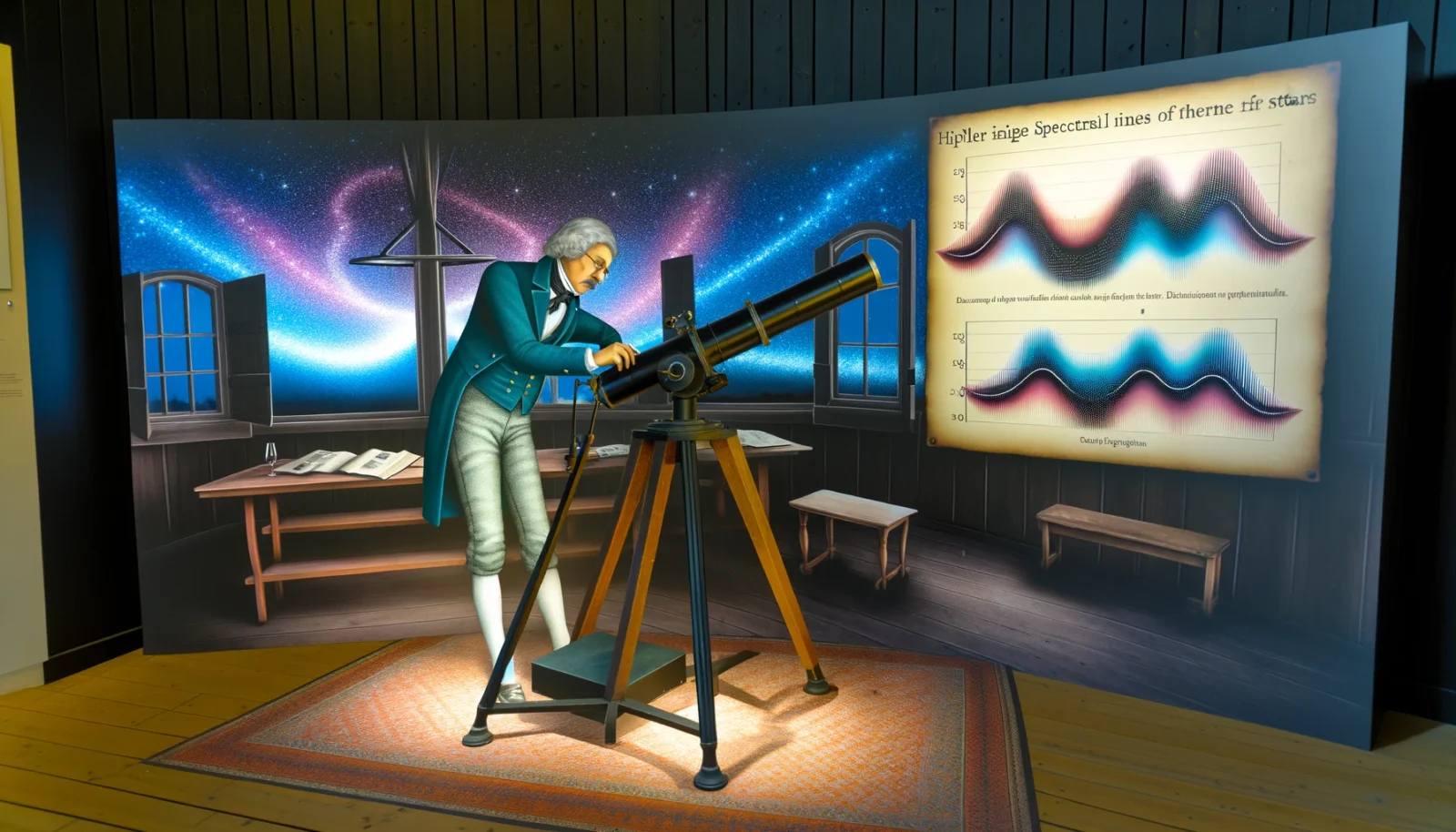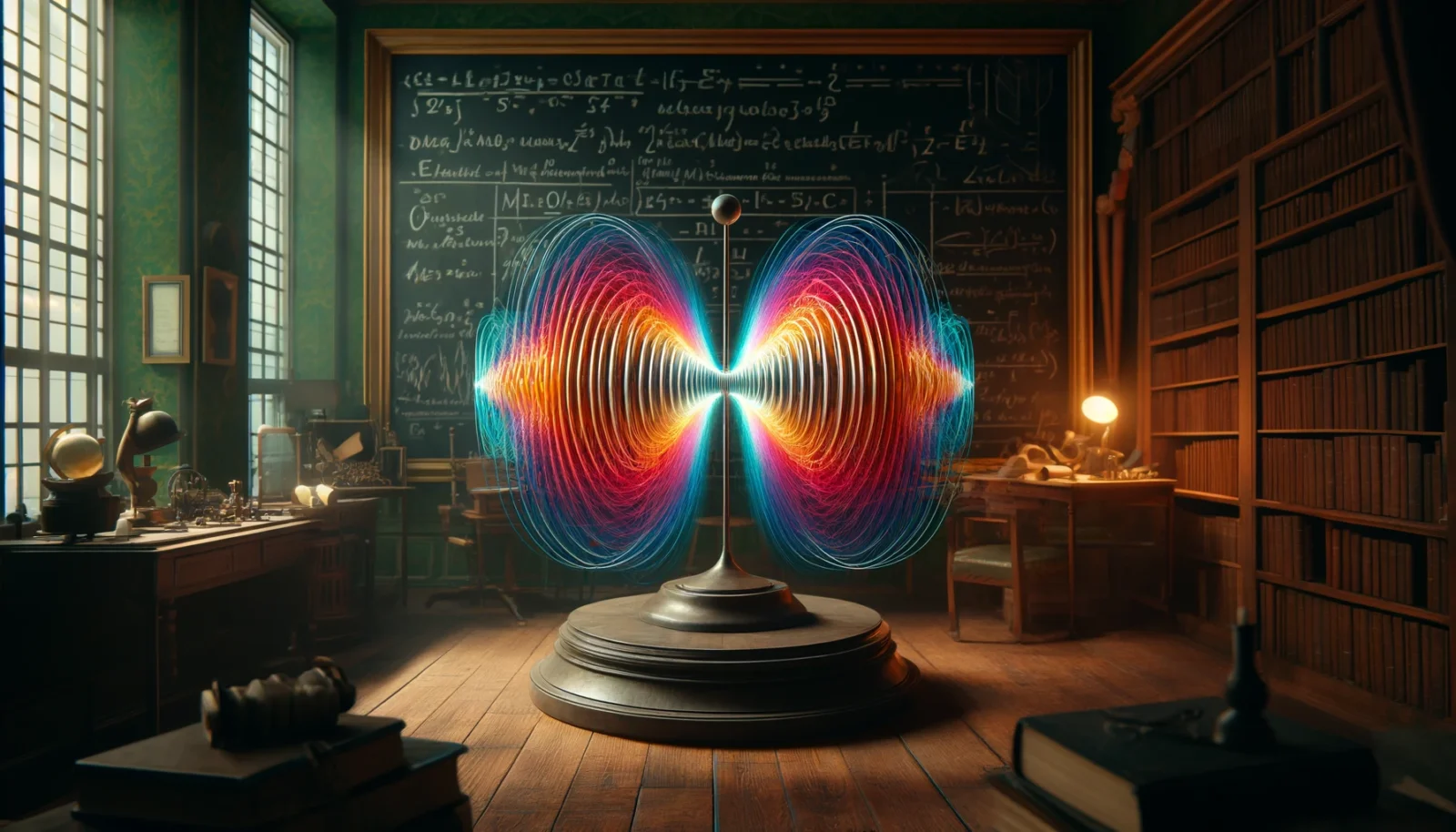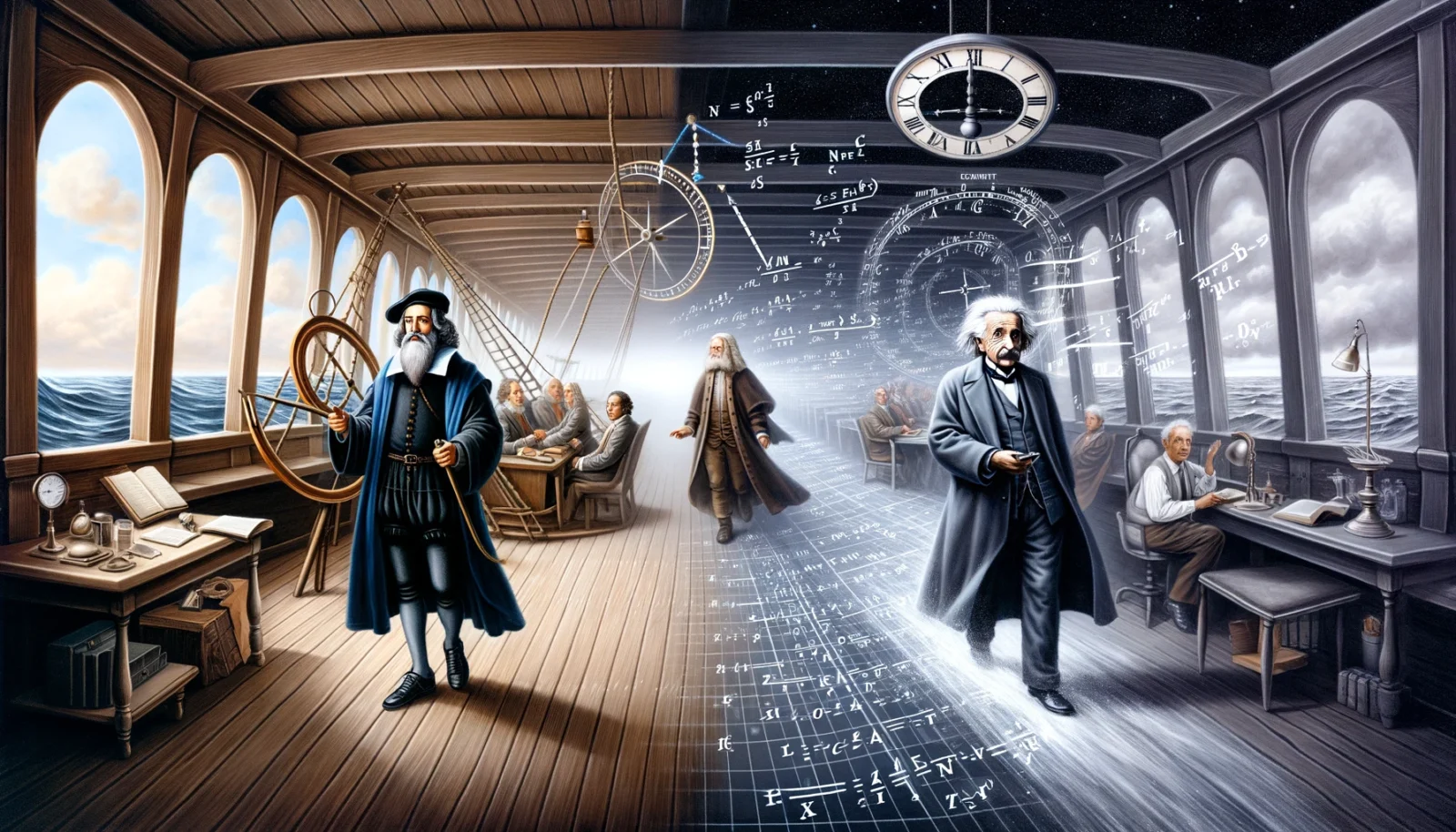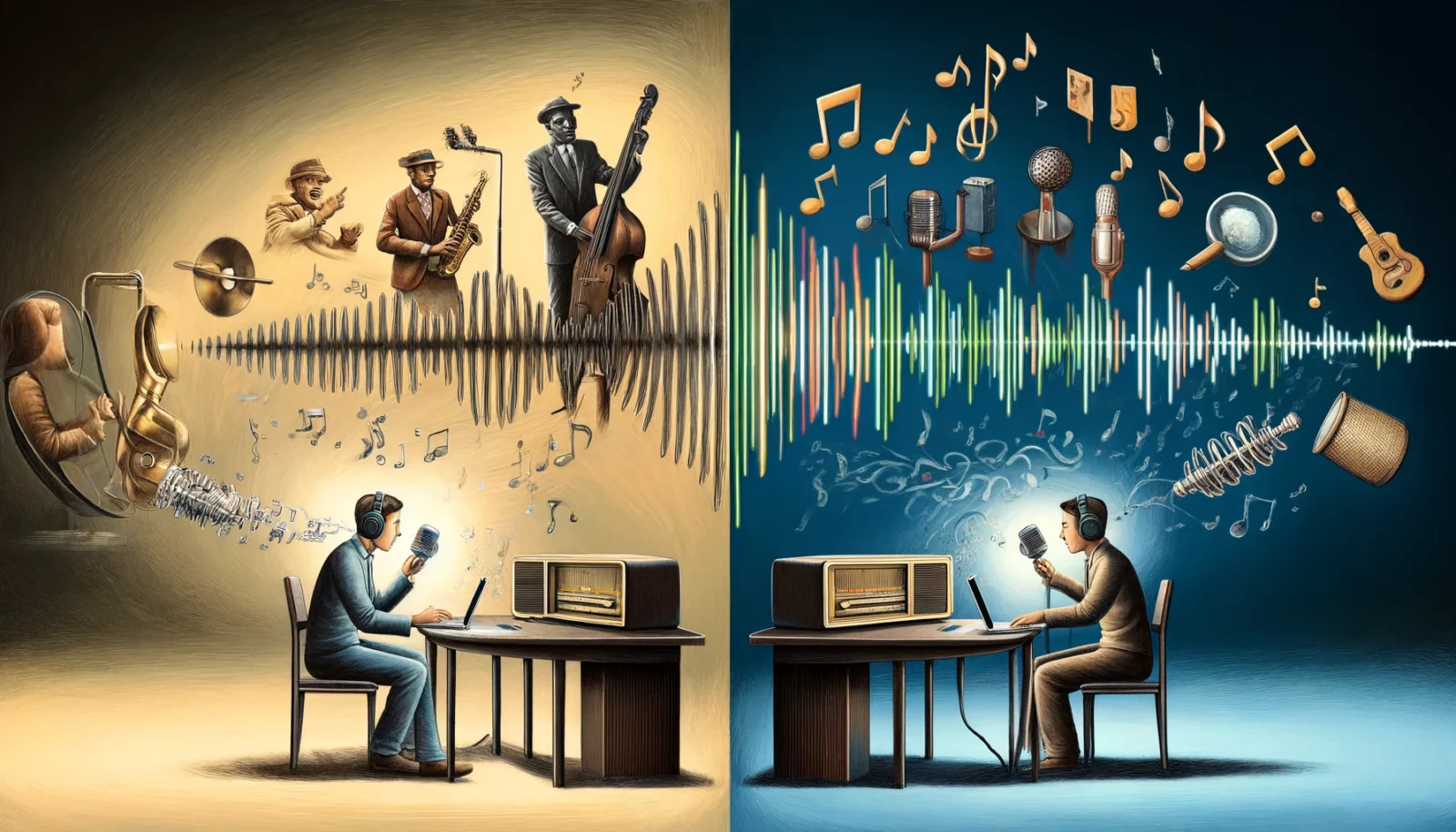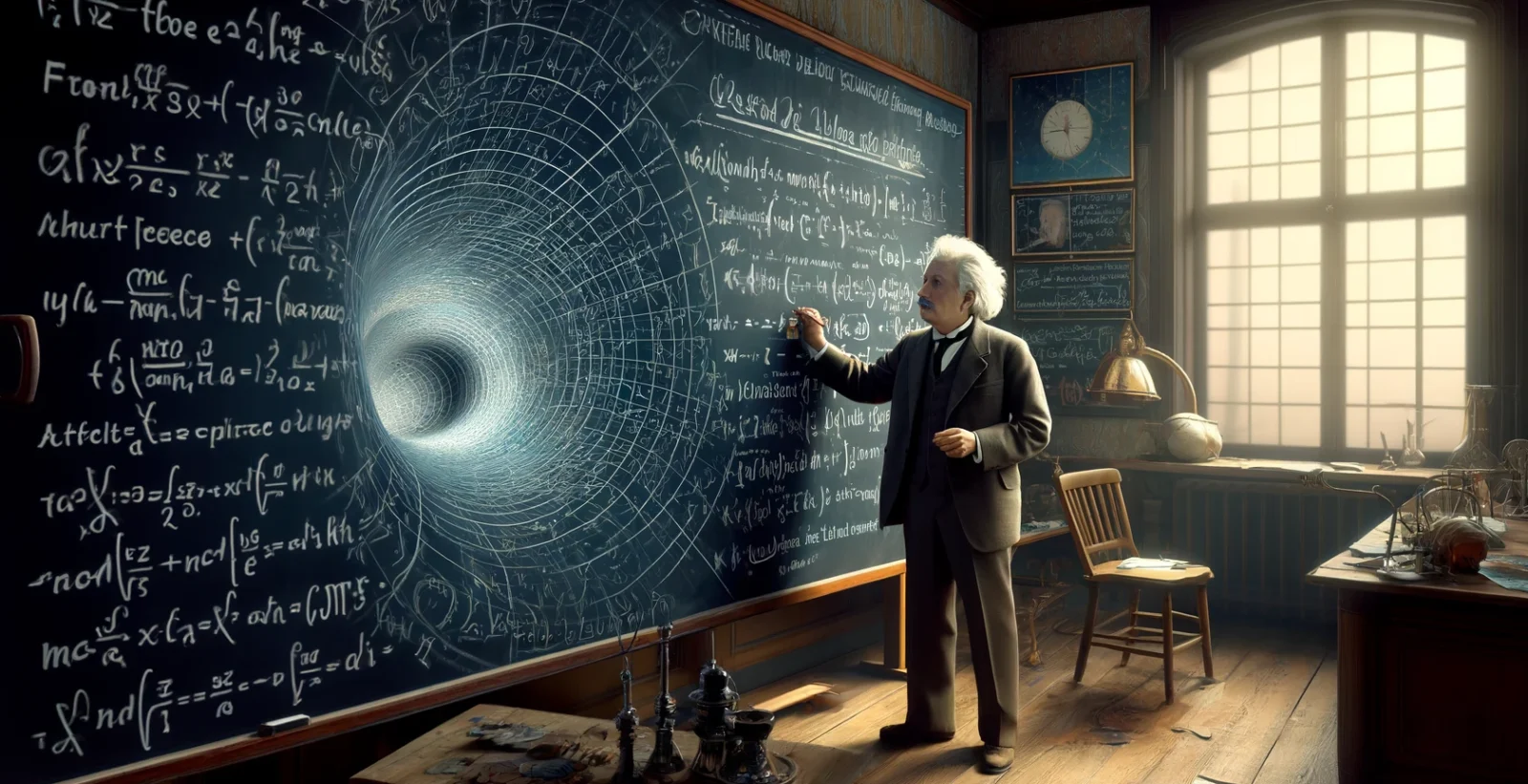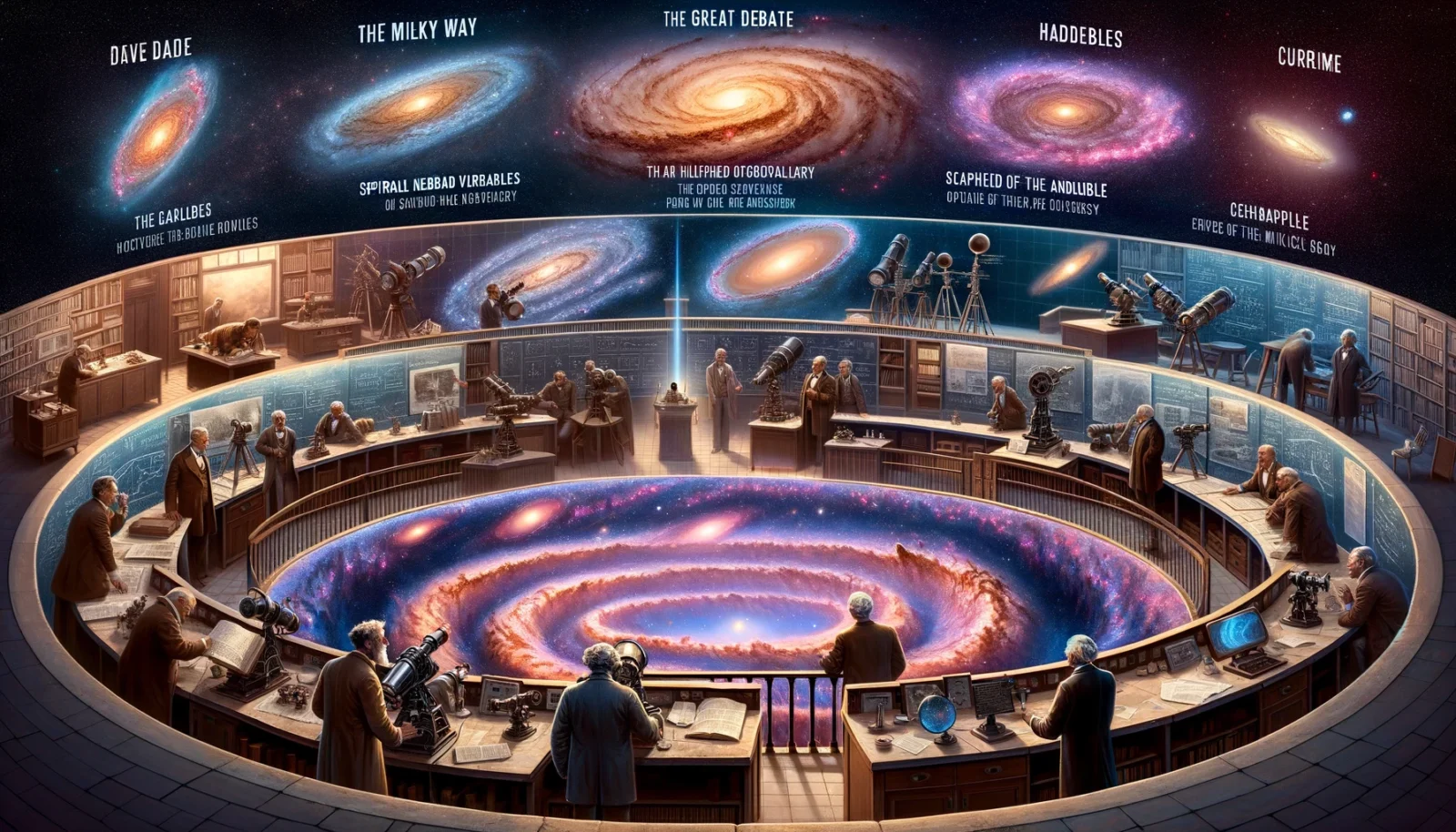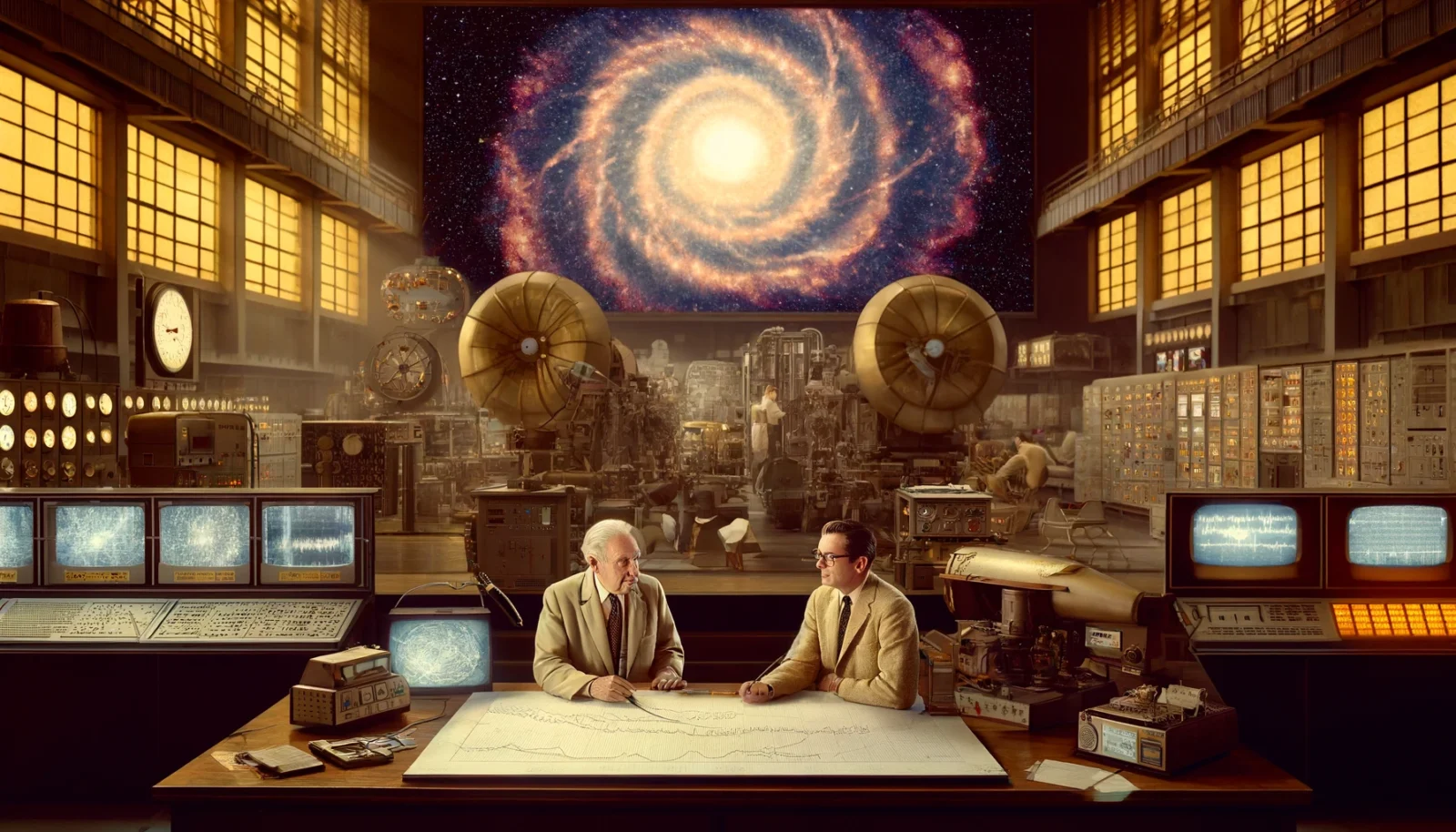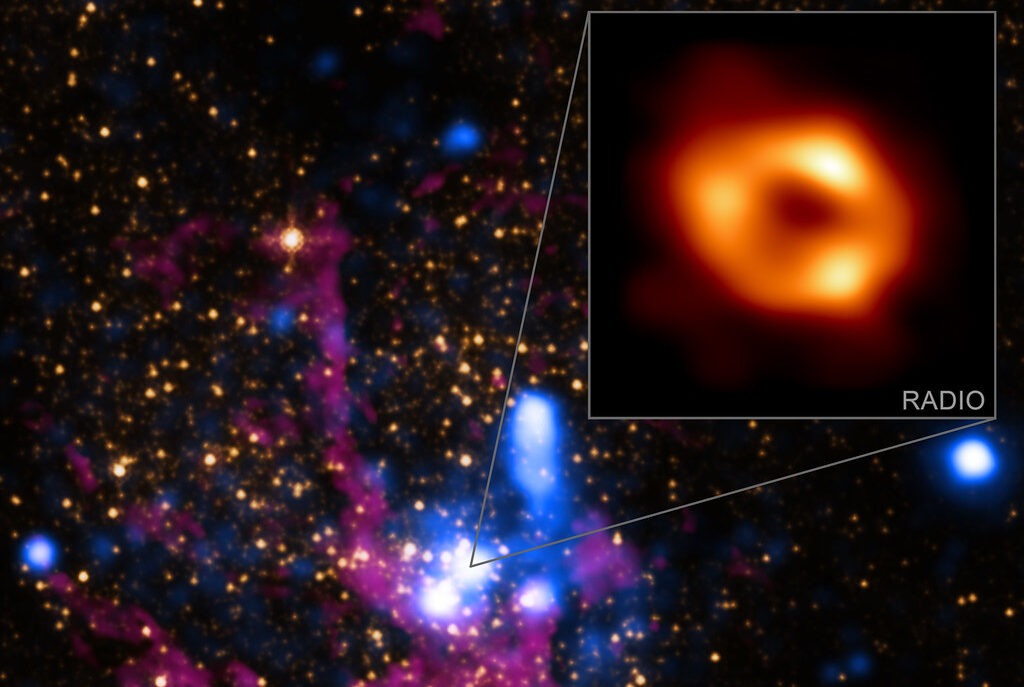Philosophy TL: ALL > Big Picture > Ideas > Philosophers > Publications
Filter To: All Ideas > Empirical > Rational > Irrational > Mind Blowing
Empirical Ideas: Observations about the universe as it is now including existing archaeological artifacts and scientic observations. From 30 Philosophers: “Empirical Ideas represent concrete objects or their universals, the objects of our world and their properties, actions, and relations. We can perceive empirical things with our senses or tools to validate their existence. Things like bikes, the color red, and, with the aid of a microscope, viruses.”
The Ideas Timeline: Empirical
30 Phil, Chapter 1 Touchstone 1 of 80: Big Bang.
Immediately following the state of the singularity, the universe entered a phase of rapid expansion and cooling, known as the Big Bang Expansion. This critical period signifies not an explosion in space but the very expansion of space itself, from an incomprehensibly dense point known as a singularity. For more, check out: The Expanding Universe Explained.
Big History Thresholds: 1=Big Bang | 2=Stars&Galaxies | 3=Chemicals | 4=Solar System | 5=First Life | 6=TI | 7=Agrarian | 8=Science
Big Bang: Threshold 1 in Big History is the creation, or beginning, of our universe.
30 Phil, Chapter 1 Touchstone 3: Evolution.
In 1859, the naturalist Charles Darwin revolutionized the scientific world with his seminal publication, “On the Origin of Species.” In it he formulated his scientific theory of evolution by natural selection. The process by which new species arise is well-understood. It proposed that changes in species occur gradually over time. With each generation, the offspring produce small variations, which accumulate over generations, resulting in advantages and disadvantages.
While speculative, it is reasonable to position the occassional use of proto-medicine as emerging in the great apes sometime around 18 million years ago. Modern orangutans, apes, and chimpanzees treat wounds, digestive issues, and even use insect repellant. The Great Apes LCA lived around 18 million years ago, so using the Occam Approach, this implies that’s around the time such traits emerged. This demonstration of chronoception, a sense of time, is interesting.
This, of course, is only a guess as dog’s and cat’s, which evolved much earlier, frequently eat specific plants to settle their stomach. Some insects, like Ants, use plant extracts to treat fungal infections in their colonies. While the dog and cat example is likely an example of convergent evolution, the ant example for sure is.
Imagined image: By around this time, the great apes could experience time the way we do. They remember the past while living in the present and anticipating the future. In this case, an early great ape is applying mud to a wound he just experienced while anticipating the mud will soothe the pain and help him feel better in the future.
The earliest known stone tools date back to at least 3.3 million years ago. They are identified by their purposeful flaking patterns, sharp edges, and location with other more identifiable artifacts or fossils. They are then verified with microscopic analysis confirming repetitive use.
Possible Stone-Tool Progression:
By 3.4 mya: Hammerstones, no modification, used for pounding seeds, nuts, or breaking bones.
By 3.3 mya: Lomekwi stone tools. Stone cores, rock flakes removed to reshape, narrow, or sharpen.
By 2.6 mya: Oldowan tools; first definite tools. Stone flakes with sharp edges would used for cutting meat, scraping hides, chopping plants, and wood whittling.
By 2.4 mya: Refinement of Oldowan tools, with more controlled flaking and sharper edges.
By 1.76 mya: Acheulean hand axes, iconic tools with a distinctive teardrop or oval shape for chopping wood, butchering animals, digging, and scraping.
By 1.76 mya: Larger cutting tools such as cleavers for butchering large animals, or heavy-duty scrapers for processing hides or wood.
By 500,000 ya: Middle Paleolithic tools, including pointed hand axes, side scrapers, knife-like tools, and awls for piercing.
By 300,000 ya: Diverse materials such as bone and antler start surviving the test of time. Earliest evidence of composite tools using multiple materials combined to produce tools with specific functions.
By 200,000 ya: Hafted tools, where stone tips are attached to wooden handles, significantly enhancing their effectiveness and range of use.
By about 1.76 million BCE, early humans began to create hand axes. They would strike really large flakes, then continue to shape them around the edges. On the right, the hand axe pictured dates to circa 1.1 million BCE. It was found at Isampur, India.
Burned flint tools dated to circa 790,000 BCE were discovered at Gesher Benot Ya’aquov, Israel. Control of fire is one of the key traits of the genus Homo.
Homo heidelbergensis: Long spears made hunting large animals more safe. The oldest wooden spears found so far were found in Germany and dates to circa 400,000 BCE. In fact, they are currently the oldest known wooden artifacts. The find included 3 wooden spears, stone tools, and the butchered remains of more than 10 horses.
These spears have the same qualities as modern tournament javelins and can be thrown over 200 feet. The workmanlike qualities of the heavily worked wood were similar to modern javelins where the heaviest thickest part of the spear, the center of gravity, is in the front third.
Since grain is easy to grow, does this suggest agriculture might have started a few thousand years earlier? Under study, but the discovery of bread-making from around 14,000 years ago indeed suggests that humans were experimenting with grains before the widespread adoption of agriculture, which is traditionally dated to about 12,000 years ago with the Neolithic Revolution.
In the shadow of history, nestled within the Black Desert of northeastern Jordan, lies the cradle of one of humanity’s most enduring culinary and cultural achievements: the invention of bread. Around 14,000 years ago, long before the dawn of agriculture and the domestication of cereal grains, the Natufian hunter-gatherers embarked on a gastronomic adventure that would forever change the course of human society.
In the highlands of Mexico, the story of maize, or corn, begins with its ancestor, teosinte. Through centuries of selective breeding, Indigenous peoples transform this humble grass into corn.
The earliest known use of plaster dates back to around 9000 BCE, with evidence from the ancient site of Çatalhöyük in modern-day Turkey. Here, Neolithic inhabitants utilized plaster made from lime to coat the floors, walls, and even ceilings of their mud-brick houses. This early application of plaster represents a significant technological innovation, indicating a sophisticated understanding of construction materials and their protective and aesthetic properties. The use of plaster enhanced the durability and appearance of architectural structures and had practical health benefits, such as preventing infestations and regulating indoor climates.
In the lush, fertile lands of the Yangtze River Valley in ancient China, early inhabitants achieved a milestone that would revolutionize human society: the domestication of rice. Around 8,000 BCE, these innovative communities began to cultivate wild rice, laying the groundwork for sedentary agriculture and complex civilizations. This agricultural breakthrough not only provided a stable food source but also spurred social and technological advancements, leading to the rise of sophisticated cultures and the eventual emergence of the Chinese civilization, one of the world’s oldest continuous cultures.
Who drank the first beer? Getting buzzed definitely has very deep historical roots. The earliest evidence of any fermented beverage is fruit-based, aka wine, and comes from the Jiahu site in China and dates back to around 7,000 BCE (9,000 years ago). In addition to fermented beverage residue in China, we have grain-based, aka beer/ale, residue in pottery going back to 5000 BCE in the Middle East, 4000 BCE in Europe, but it’s the Sumerians that wrote down the earliest known beer recipe in 1800 BCE. Go Sumerians! Before all this, it’s a mystery awaiting discovery, but we know chimpanzees pick up rotting fermented fruit on the jungle floor to get drunk, pushing potential roots back 7.5 million years to our common ancestor.
In the Neolithic villages of Poland, milk, a nourishing gift from domesticated animals, is left to curdle, giving rise to the earliest form of cheese.
The earliest known man made glass dates back to circa 3500 BCE and to Egypt and Eastern Mesopotamia. Discovery of glassblowing around 1st century BC was a major breakthrough in glass making.
In the tropical rainforests of Mesoamerica, the ancient Olmecs unlock the secrets of the cacao pod. By fermenting, roasting, and grinding the seeds, they create the bitter beverage chocolate. This divine elixir lays the foundation for chocolate’s enduring legacy, cherished by the Mayans and Aztecs as a ceremonial drink, a currency, and a medicine.
The Greeks knew the Earth is spherical. For example, Pythagoras (570-495 BCE), Aristotle (384-322 BCE), and Euclid (circa 450 BCE) wrote about the Earth as a sphere. Eratosthenes (276-194 BCE) even calculated the circumference of the Earth to within 1%. He also wrote about the idea that India could be reached by sailing westward from Spain.
Nearly 2,000 years later during the time Columbus sailed the ocean blue, most religious nuts believed the Earth was flat and he would fall off. What happened to truth? Although many educated people knew all along, the dogma of the brainwashed religious nuts over the centuries suppressed and terrorized the masses into believing things like the Earth is flat, the Earth is only a few thousand years old, women are property, and other such nonsense. The harm caused by formal religions over the eons is incalculable.
By 450 BCE, some were trying to convince humanity of the true nature of the solar system. They understood and promoted the idea that the moon was not a deity but a physical body. Anaxagoras was one of the earliest known proponents of this view. He deduced that the moon is made of solid rock like the Earth and reflects the light of the Sun. He also accurately described the lunar phases and eclipses.
The earliest known magnification dates back to the first century. These simple early magnification devices consisted of using natural crystals or a glass globe filled with water. It is reasonable to assume the use of natural crystals for magnification was around for many thousands of years. One possible specimen is the Nimrud lens dating back to 750 BCE.
Although man-made glass was in common use about 3500 BCE, eye glasses would have to wait about 4,500 years later. Eye glasses were invented in the 13th century. A few centuries earlier, a reading glass was in common use. A piece of glass you set on a page of text to magnify the letters well enough to read easily.
These early devices provided a max of about 2x, or perhaps 3x, magnification. The microworld of cells and large bacteria would have to wait for the invention of good quality microscopes about 1630. The nanoworld of smaller bacteria, viruses, proteins, and molecules would have to wait for the invention of the electron microscope in 1931.
30 Phil, Chapter 17, Alhazen, Touchstone 42: Senses.
How we perceive an external world starts to become clear about 1020 CE. Since Alhazen and his pioneering work around 1020 CE, we have made significant advancements in understanding our senses. Our direct impressions of the world. Prior to Alhazen, most people on Earth believed in strange things like magical light-emitting-flashlight eyes. This new look integrates modern science, genetic variations, and future possibilities, offering a holistic and forward-looking perspective on human sensory experiences.
Hourglasses, also known as sandglasses or sand timers, were first used in the 14th century, although it is unclear exactly when they were invented. The earliest written reference to an hourglass dates back to the early 14th century in Europe, but they may have been used earlier in other parts of the world. Hourglasses were used as a reliable way to measure time, especially for tasks that required precise timing such as navigation at sea, cooking, and scientific experiments.
The story of the printing press is the story of cultural transmission. Invented in 1440 in Germany by Johannes Gutenberg, it revolutionized book production by introducing movable type. It replaced hand-copying, prone to errors, with movable metal type, allowing mass production of books for the first time in human history.
Over the next few centuries, the printing press went on to standardize writing like never before, including spelling and punctuation. Prior to the printing press, writing evolved spaces starting around 800 CE. By the invention of the printing press, we had punctuation pretty similar to today’s standard. About halfway, at the time of the Magna Carta in 1215, we still had mostly uppercase with spaces between words and an occasional period. Punctuation and spelling mostly standardized starting in the 1300s for the next century, just in time for the printing press.
With the invention of the microscope, humanity became aware of the microworld which is defined as 1 to 1000 microns. A micron is equal to one thousands of a millimeter. A cell is about 10 microns wide. Paper is about 100 microns thick. The unaided human eye can see items as small as 50 microns, or about half the width of a piece of paper.
Scientists use three scales when talking about the biological world: the milliworld, microworld, and the nanoworld. The milliworld contains all visible items down to 1 millimeter and includes very small things such as ants, fleas, and grains of sand.
By 1640, the microscope was perfected to the point that allowed the introduction of the microworld to humanity. The microworld contains items with a diameter from 1 millimeter to 1 micrometer, or 1 micron. The microworld contains things like single celled organisms as well as the largest bacteria. By 1640, humanity started it’s introduction to trillions of organisms living everywhere including nearly everything you touch, in the ground, inside plants, and even inside humans. Humans host over 10,000 species of organisms in, on, and through the human body — known as the human microbiome. Every human no matter how clean you think you are is playing host to 10-100 trillion organisms. This fact gradually changed how every human on Earth views life.
The nanoworld which includes smaller bacteria as well as viruses, proteins, and molecules would have to wait for the invention of the electron microscope in 1931.
Note: The micron and micrometer are the same size, but you use microns (μ) when measuring thickness, and micrometers (μm) when measuring the distance between things. So you can say a cell is 10 microns wide, or you can say the diameter of a cell is 10 micrometers. The term nanomicron, which would be equal to a nanometer, is not currently in regular use.
30 Phil, Chapter 21, Galileo, Touchstone 54: Modern Cosmology.
The story of Galileo is also the story of Copernicus, and the story of modern cosmology. To properly tell the story of Copernicus, we need to mention Aristarchus of Samos, a Greek astronomer and mathematician born around 310 BCE. Aristarchus put forth a heliocentric model, proposing that the Earth and other planets orbited the Sun. Unfortunately, his ideas did not gain widespread acceptance. Over the millennia some scholars had the idea that the universe was vast, but no proof. With the invention of the telescope in 1608, the proof was within reach. This was the time when our human-centric world expanded into the vastness of space.
30 Phil, Chapter 21, Galileo, Touchstone 52: Relativity Principle.
The Relativity Principle states that the laws of physics are the same for all observers in uniform motion relative to one another. This means that the passage of time, the length of objects, and the speed of light are the same for everyone, regardless of their relative motion.
Introduced by Galileo Galilei and detailed in his 1632 work “Dialogues Concerning Two New Sciences,” the Relativity Principle posits that the laws of physics are the same in any system moving at a constant speed in a straight line, regardless of its particular speed or direction. This principle laid the groundwork for understanding that motion is relative to the observer’s frame of reference.
Although protozoa evolved from eukaryotes about 2 billion years ago, it was 1674 that humanity saw them for the first time. That’s when Antonie van Leeuwenhoek, using his meticulously crafted microscopes, discovered protozoa—the first microscopic observation of single-celled organisms. His detailed observations and descriptions of what he called “animalcules” in a drop of pond water opened a completely new world to scientific study, fundamentally transforming our understanding of life on Earth. This discovery not only marked the birth of microbiology as a science but also challenged existing views on the complexity and diversity of life, laying the groundwork for the exploration of biological processes at the cellular level. Little did Antonie know, he was looking at the descendants of the ancestor to plants, animals, and fungi! Later, in the 1990s, scientists put together the following timing:
- 1.7 billion years ago: Plants diverge from the common protozoa ancestor.
- 1.5 billion years ago: Fungi and animal branch emerges.
- 1.3 billion years ago: Fungi diverge from the common fungi-animal ancestor.
Analysis: The discovery of protozoa brought to light the vast, previously invisible world of microorganisms, reshaping biological and medical sciences by introducing the concept that life extends far beyond what is visible to the naked eye. This revelation had profound implications, leading to advances in disease control, understanding ecological interactions, and even prompting discussions on the origins of life.
While black holes were first proposed in the 18th century, they were not seriously proposed until 1916 with Albert Einstein’s General Relativity. The concept of a “black hole” has its roots in the 18th century when John Michell and Pierre-Simon Laplace independently speculated about the existence of “dark stars” — celestial bodies whose gravity is so strong that not even light could escape from them. However, the modern concept of black holes is largely based on the solutions to Albert Einstein’s General Theory of Relativity.
The term “black hole” was not used until much later, but the theoretical foundation was laid in 1916 by Karl Schwarzschild, who found a solution to Einstein’s field equations that described such an object. This solution implied the existence of a singularity, where curvature of spacetime becomes infinite. In 1939, Robert Oppenheimer and others predicted that neutron stars beyond a certain mass would collapse into black holes.
It took humanity millennia to transition from viewing large bones as relics of mythical creatures to recognizing them as evidence of extinct animals. The first significant step came in 1676 when Robert Plot, an English naturalist, described and illustrated a large thigh bone in his book “Natural History of Oxfordshire.” Although he believed it belonged to a giant human, his work laid the foundation for future scientific inquiry.
The late 18th and early 19th centuries saw increased interest and discovery, with key figures like Mary Anning and Gideon Mantell contributing to the field. Mantell’s identification of “Iguanodon” in 1822 further solidified the scientific community’s acceptance of fossils as remnants of extinct animals.
By 1824, the scientific community had made significant strides, facilitating a shift from mythological interpretations to scientific explanations. When William Buckland described and named “Megalosaurus” based on fossils found in Oxfordshire, England in 1824, he scientifically identified the first dinosaur, marking the beginning of paleontology as a field.
The Doppler effect is the apparent difference between the frequency at which sound or light waves leave a source and that at which they reach an observer, caused by relative motion of the observer and the wave source.
The Doppler effect for sound was first described by the Austrian physicist Christian Doppler in 1842. He presented his ideas in a paper titled “On the Coloured Light of the Double Stars and Certain Other Stars of the Heavens,” proposing that the observed frequency of waves depends on the relative speed of the source and the observer. This principle was later confirmed experimentally by the Dutch scientist Christophorus Buys Ballot in 1845.
In 1848,French physicist Hippolyte Fizeau observed a shift in the spectral lines of stars, hinting at a similar effect for light waves.

James Clerk Maxwell predicted electromagnetic waves, but he did not perform experiments to prove their existence. His prediction was based on his work on the classical theory of electromagnetic radiation, which unified electricity, magnetism, and light as different manifestations of the same phenomenon. Maxwell’s equations for electromagnetism predicted the existence of waves of oscillating electric and magnetic fields that travel through empty space at a speed that could be predicted from simple electrical experiments. The existence of electromagnetic waves was later experimentally confirmed by Heinrich Hertz in 1887.
- 1831: Michael Faraday discovers electromagnetic induction: electric current in a wire.
- 1864: James Clerk Maxwell publishes “A Dynamical Theory of the Electromagnetic Field,” where he predicts the existence of electromagnetic waves, including radio waves.
- 1887: Heinrich Hertz experimentally demonstrates the existence of radio waves, confirming Maxwell’s theories.
- 1895: Guglielmo Marconi, first practical use, radio waves to transmit Morse code without wires.
- 1906: Reginald Fessenden, first radio broadcast of audio (both music and speech) on Christmas Eve.
- 1920s: Radio becomes a popular medium for entertainment and news
In 1905, radiometric dating was discovered. It is a method used to date rocks and other objects based on the known decay rate of radioactive isotopes. This technique is used to date rocks. Paleontologists regularly order discoveries in chronological order and estimate their age. Knowing the age of rocks allows paleontologists to assign known values to rocks and fossils to firm up the known historical calendar.
Special Relativity explains the relationship between space, time, mass, and energy. It shows that time and space are not separate entities but are connected as a single entity called spacetime. Additionally, it introduced the famous equation E=mc², which demonstrates that mass is engergy, energy is mass. They are equivalent and can be converted into each other.
Albert Einstein’s Special Theory of Relativity, published in June 1905, revolutionized physics by introducing concepts like time dilation and length contraction, showing that the speed of light in a vacuum is constant and independent of the motion of all observers. It showed that as objects approach the speed of light, time slows down, lengths contract, and mass increases. This theory provided a new framework for all of physics by proposing that space and time are interwoven into a single continuum known as spacetime.
In 1906, Reginald Fessenden achieved the first analog transmission of sound over radio waves on Christmas Eve. An analog transmission is like a flowing river that continuously changes its speed and depth to carry things along its path. In analog communication, sounds or images are directly transformed into continuous signals that mimic the original. For example, if you shout into a microphone, the resulting signal fluctuates exactly like your voice waves, getting higher and lower with the pitch and volume of your shout.
Before that, Guglielmo Marconi, an Italian inventor, transmitted the first analog radio signals in 1895, using a process where a continuous signal, like a wave, is modified to represent information.
In the 1940s, the first digital transmission occurred. A digital transmission is like sending a message using Morse code, where everything is broken down into a series of beeps (dots and dashes). In digital communication, sounds or images are converted into a series of numbers (0s and 1s). This digital code represents the sound or image but in a format that’s either on or off, much like flipping a switch. This makes digital signals easier to send without loss of quality, even over long distances.
General Relativity incorporated gravity into the mix. It describes gravity not as a force, but as the curvature of spacetime caused by massive objects. According to General Relativity, the curvature of spacetime around an object like the Earth causes objects to fall towards its center, which we experience as gravity.
In November 1915, Einstein expanded on his Special Theory of Relativity with his General Theory of Relativity, which he published formally in 1916. This theory introduced the concept that gravity is not a force as traditionally conceived but rather a curvature of spacetime itself, caused by mass and energy. General Relativity provides a comprehensive description of gravitational phenomena and has been confirmed by numerous experiments and observations, including the bending of light by gravity and the precise orbit of planets.
By 1929, an important time in cosmology, Edwin Hubble used the spiral nebulae data collected by Vesto Slipher from 1912 to 1925 to introduce the world to galaxies.
Prior to the 20th century, astronomers debated whether spiral nebulae were merely gaseous clouds within the Milky Way, possibly forming solar systems. This view changed dramatically following the “Great Debate” in 1920 between Harlow Shapley, who believed the Milky Way constituted the entire universe, and Heber Curtis, who argued these nebulae were distant “island universes” or separate galaxies. This debate was conclusively settled by Edwin Hubble in the mid-1920s through his observations using the 100-inch Hooker Telescope at Mount Wilson Observatory. By identifying Cepheid variable stars in the Andromeda nebula between 1923 and 1924, Hubble determined Andromeda’s considerable distance from the Milky Way, thus supporting Curtis’s hypothesis. By 1929, Hubble had not only confirmed that spiral nebulae were independent galaxies but also discovered the relationship between a galaxy’s redshift and its distance, formulating Hubble’s Law and providing strong evidence for the expanding universe—a cornerstone of the Big Bang theory.
Starting in 1931 with the invention of the electron microscope, the nanoworld became visible to us. The nanoworld contains items as small in diameter as 1 micrometer (1 micron) to a diameter 1,000 times smaller, a diameter of 1 nanometer. The nanoworld includes the smallest single celled organisms, the smallest bacteria as well as viruses, proteins, and molecules.
Note: The virus was discovered in 1892 through scientific experiments and first seen in the 1930s.
In 1946, Willard Libby created the method for dating organic materials by measuring their content of carbon-14, a newly discovered radioactive isotope of carbon. This dating technique provides objective age estimates within a few decades for carbon-based objects that originated from living organisms.
In 1965, Arno Penzias and Robert Wilson, two radio astronomers at Bell Telephone Laboratories, stumbled upon a mysterious and persistent background noise that pervaded their radio telescope. After much investigation and the elimination of potential terrestrial and instrumental sources, they concluded that this noise was cosmic in origin. Their findings, published on May 20, 1965, identified this radiation as the Cosmic Microwave Background (CMB) — the afterglow of the Big Bang, providing critical empirical support for the Big Bang theory of the universe’s origin. This discovery, serendipitous as it was, marked a monumental advancement in cosmology, transforming our understanding of the universe’s earliest moments.
The first image of a black hole was captured in 2019 by the Event Horizon Telescope (EHT) collaboration. Before that, the first observational evidence was discovered in 1964 with the detection of the X-ray source Cygnus X-1, which was later interpreted as material accreting onto a black hole from a companion star. In 1971, Cygnus X-1 was proposed as the first robust observational evidence of a black hole by astronomers Tom Bolton and Louise Webster.
Next >>
Philosophy TL: ALL > Big Picture > Ideas > Philosophers > Publications
Filter To: All Ideas > Empirical > Rational > Irrational > Mind Blowing



